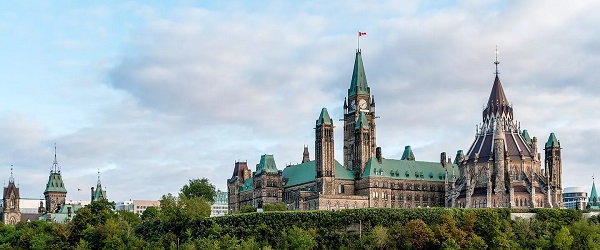Energy
Canada Embracing Carbon Capture and Storage (CCS) to Reduce Emissions and Sustain Energy Industry
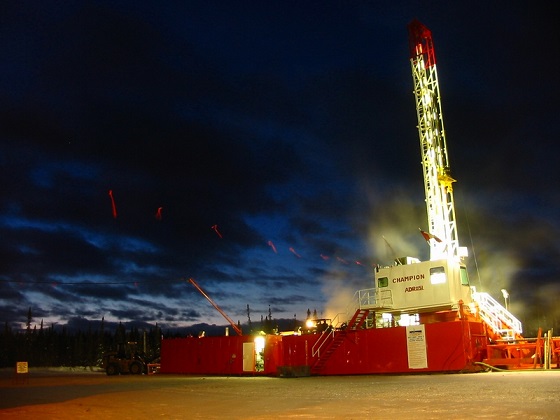
From EnergyNow.ca
Alberta has firmly led the Canadian charge on CCS. It has more CO2 storage capacity than Norway, Korea, India, and double the entire Middle East, according to the Global CCS Institute.
Back in 2007, the Alberta and federal governments established a task force on carbon capture and storage (CCS) as a way of reducing emissions from oil, gas, and energy operations. That led to a report in 2008 that said: “CCS is seen as a technological solution that allows Canada to continue to increase its energy production while reducing (carbon dioxide) emissions from these activities. . . .
“CCS is strategically important to Canada for several reasons. First and foremost, Canada is endowed with an abundance of fossil fuels (including an unparalleled oil sands resource).”
The task force noted that public support for CCS was high, with 64% of the public being open to the idea of government financial support for CCS. All that happened under the Conservative Stephen Harper government, which, in 2015, lost power to the Justin Trudeau Liberals.
Trudeau himself went on to say in 2017 these memorable words: “No country would find 173 billion barrels of oil in the ground and leave them there.”
That’s not a message repeated since, and certainly not by his relentless minister of environment and climate change, Steven Guilbeault. On CCS, Guilbeault maintains that while carbon capture and storage “is happening in Canada,” it is not the “be-all and end-all.”
Much more positively, we now have Jonathan Wilkinson, Canada’s energy and natural resources minister, saying he expects 20 to 25 commercial-scale CCS projects to break ground in Canada within the next decade.
And we finally have what Ottawa first promised in 2021: a system of tax credits for investments in carbon capture — which industry sees as a way to get those 20 to 25 carbon-capture projects built.
The tax incentive covers up to 50 per cent of the capital cost of CCS and CCUS carbon-capture projects. Although energy company Enbridge points out that tax incentives in the U.S. are more attractive than what Canada is offering.
“CCUS” is one of the carbon-capture models. It stands for Carbon Capture Use and Storage or Carbon Capture Utilization and Sequestration. Under CCUS, captured carbon dioxide can be used elsewhere (for example, to increase the flow from an oilfield, or locked into concrete). Or it can be permanently stored underground, held there by rock formations or in deep saltwater reservoirs.
Canada’s climate plan includes this: “Increased use of CCUS features in the mix of every credible path to achieving net zero by 2050.”
As well, the feds have supported a couple of smaller CCS projects through the Canada Growth Fund and its “carbon contract for difference” approach.
To date, Alberta has firmly led the Canadian charge on CCS. It has more CO2 storage capacity than Norway, Korea, India, and double the entire Middle East, according to the Global CCS Institute.
 From the Alberta government’s Canadian Energy Centre
From the Alberta government’s Canadian Energy Centre
In the most recent move in Alberta, Shell Canada announced it is going ahead with its Polaris carbon capture project in Alberta. It is designed to capture up to 650,000 tonnes of carbon dioxide annually from Shell’s Scotford refinery and chemicals complex near Edmonton.
That works out to approximately 40 per cent of Scotford’s direct CO2 emissions from the refinery and 22 per cent of its emissions from the chemicals complex.
Shell’s announcement sparked this from Wilkinson: “The Shell Polaris announcement last week was a direct result of the investment tax credit.”
Also in Alberta, the Alberta government notes: “The Alberta government has invested billions of dollars into carbon capture, utilization and storage (CCUS) projects and programs. . . . The Alberta government is investing $1.24 billion for up to 15 years in the Quest and Alberta Carbon Trunk Line (ACTL) projects.”
Quest is Shell’s earlier Scotford project. “The project is capturing CO2 from oil sands upgrading and transporting it 65 km north for permanent storage approximately 2 km below the earth’s surface. Since commercial operations began in 2015, the Quest Project has captured and stored over 8 million tonnes of CO2.”
The Alberta Carbon Trunk Line is a 240-km pipeline that carries CO2 captured from the Sturgeon Refinery and the Nutrien Redwater fertilizer plant to enhanced oil recovery projects in central Alberta. Since commercial operations began in 2020, the ACTL Project has captured and sequestered over 3.5 million tonnes of CO2.
Shell and partner ATCO EnPower now plan a new CCS project at Scotford. And, on a smaller scale, Entropy Inc. will add a second phase of CCS at its Glacier gas plant near Grande Prairie.
And those are just two of Alberta’s coming CCS projects. That province is working on at least 11 more that could lead to over $20 billion in capital expenditures and reduce about 24 million tonnes of emissions annually — the equivalent of reducing Alberta’s annual industrial emissions by almost 10 per cent.
And then there’s the giant CCS project proposed by the Pathways Alliance, a partnership representing about 95% of Canada’s oil sands production.
“The project would see CO2 captured from more than 20 oil sands facilities and transported 400 kilometers by pipeline to a terminal in the Cold Lake area, where it will be stored underground in a joint carbon-storage hub. . . . A final investment decision is expected in 2025.”
Alberta alone has more CO2 storage capacity than Norway, Korea, India, and double the entire Middle East, according to the Global CCS Institute.
When Wilkinson spoke in favor of CCS, Capital Power had just backed away from building a carbon-capture facility at its Genesee power plant in Alberta. But Enbridge, which would have built the associated storage hub, is still “strongly interested.”
In Saskatchewan, which also offers government support for CCS, more than 5 million tonnes of CO2 have been captured at SaskPower’s Boundary Dam 3 power plant. “Someone would have to plant more than 69 million trees and let them grow for 10 years to match that.”
In B.C., natural gas company FortisBC offers small-scale carbon-capture technology to help businesses that use natural gas to save energy and decrease greenhouse gas emissions.
And the B.C. government says that, potentially, two to six large-scale CCS projects could be developed in northeast B.C. over the next decade.
“Small-scale operations currently exist in B.C. that inject a mixture of CO2 and H2S (hydrogen sulfide) deep into underground formations. This process, which is referred to as acid-gas disposal, already occurs at 12 sites.”
Elsewhere, CCS projects are operating or being developed around the world, including in Australia, Denmark, and the U.S. A CCS project in Norway has been in operation for 28 years.
It took a while to get the ball rolling in Canada, but CCS/CCUS is here to stay, reducing emissions and keeping industries alive to contribute to the economy.
Alberta
Canadian Oil Sands Production Expected to Reach All-time Highs this Year Despite Lower Oil Prices
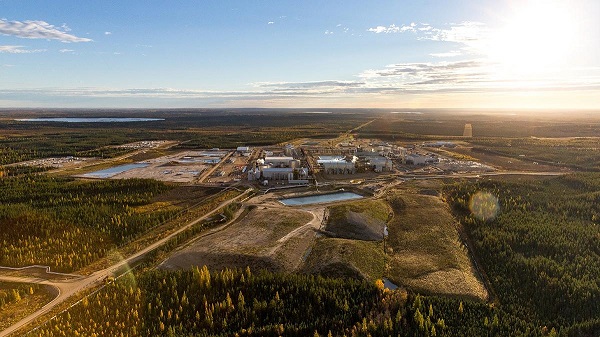
From Energy Now
S&P Global Commodity Insights has raised its 10-year production outlook for the Canadian oil sands. The latest forecast expects oil sands production to reach a record annual average production of 3.5 million b/d in 2025 (5% higher than 2024) and exceed 3.9 million b/d by 2030—half a million barrels per day higher than 2024. The 2030 projection is 100,000 barrels per day (or nearly 3%) higher than the previous outlook.
The new forecast, produced by the S&P Global Commodity Insights Oil Sands Dialogue, is the fourth consecutive upward revision to the annual outlook. Despite a lower oil price environment, the analysis attributes the increased projection to favorable economics, as producers continue to focus on maximizing existing assets through investments in optimization and efficiency.
While large up-front, out-of-pocket expenditures over multiple years are required to bring online new oil sands projects, once completed, projects enjoy relatively low breakeven prices.
S&P Global Commodity Insights estimates that the 2025 half-cycle break-even for oil sands production ranged from US$18/b to US$45/b, on a WTI basis, with the overall average break-even being approximately US$27/b.*
“The increased trajectory for Canadian oil sands production growth amidst a period of oil price volatility reflects producers’ continued emphasis on optimization—and the favorable economics that underpin such operations,” said Kevin Birn, Chief Canadian Oil Analyst, S&P Global Commodity Insights. “More than 3.8 million barrels per day of existing installed capacity was brought online from 2001 and 2017. This large resource base provides ample room for producers to find debottlenecking opportunities, decrease downtime and increase throughput.”
The potential for additional upside exists given the nature of optimization projects, which often result from learning by doing or emerge organically, the analysis says.
“Many companies are likely to proceed with optimizations even in more challenging price environments because they often contribute to efficiency gains,” said Celina Hwang, Director, Crude Oil Markets, S&P Global Commodity Insights. “This dynamic adds to the resiliency of oil sands production and its ability to grow through periods of price volatility.”
The outlook continues to expect oil sands production to enter a plateau later this decade. However, this is also expected to occur at a higher level of production than previously estimated. The new forecast expects oil sands production to be 3.7 million b/d in 2035—100,000 b/d higher than the previous outlook.
Export capacity—already a concern in recent years—is a source of downside risk now that even more production growth is expected. Without further incremental pipeline capacity, export constraints have the potential to re-emerge as early as next year, the analysis says.
“While a lower price path in 2025 and the potential for pipeline export constraints are downside risks to this outlook, the oil sands have proven able to withstand extreme price volatility in the past,” said Hwang. “The low break-even costs for existing projects and producers’ ability to manage challenging situations in the past support the resilience of this outlook.”
* Half-cycle breakeven cost includes operating cost, the cost to purchase diluent (if needed), as well as an adjustment to enable a comparison to WTI—specifically, the cost of transport to Cushing, OK and quality differential between heavy and light oil.
About S&P Global Commodity Insights
At S&P Global Commodity Insights, our complete view of global energy and commodity markets enables our customers to make decisions with conviction and create long-term, sustainable value.
We’re a trusted connector that brings together thought leaders, market participants, governments, and regulators and we create solutions that lead to progress. Vital to navigating commodity markets, our coverage includes oil and gas, power, chemicals, metals, agriculture, shipping and energy transition. Platts® products and services, including leading benchmark price assessments in the physical commodity markets, are offered through S&P Global Commodity Insights. S&P Global Commodity Insights maintains clear structural and operational separation between its price assessment activities and the other activities carried out by S&P Global Commodity Insights and the other business divisions of S&P Global.
S&P Global Commodity Insights is a division of S&P Global (NYSE: SPGI). S&P Global is the world’s foremost provider of credit ratings, benchmarks, analytics and workflow solutions in the global capital, commodity and automotive markets. With every one of our offerings, we help many of the world’s leading organizations navigate the economic landscape so they can plan for tomorrow, today. For more information visit https://www.spglobal.com/commodity-insights/en.
SOURCE S&P Global Commodity Insights
Business
Potential For Abuse Embedded In Bill C-5
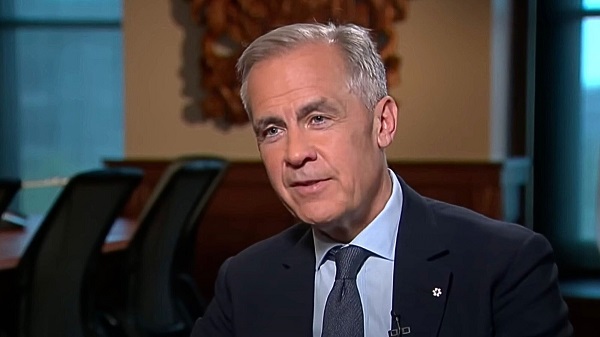
From the National Citizens Coalition
By Peter Coleman
“The Liberal government’s latest economic bill could cut red tape — or entrench central planning and ideological pet projects.”
On the final day of Parliament’s session before its September return, and with Conservative support, the Liberal government rushed through Bill C-5, ambitiously titled “One Canadian Economy: An Act to enact the Free Trade and Labour Mobility in Canada Act and the Building Canada Act.”
Beneath the lofty rhetoric, the bill aims to dismantle interprovincial trade barriers, enhance labour mobility, and streamline infrastructure projects. In principle, these are worthy goals. In a functional economy, free trade between provinces and the ability of workers to move without bureaucratic roadblocks would be standard practice. Yet, in Canada, decades of entrenched Liberal and Liberal-lite interests, along with red tape, have made such basics a pipe dream.
If Bill C-5 is indeed wielded for good, and delivers by cutting through this morass, it could unlock vast, wasted economic potential. For instance, enabling pipelines to bypass endless environmental challenges and the usual hand-out seeking gatekeepers — who often demand their cut to greenlight projects — would be a win. But here’s where optimism wanes, this bill does nothing to fix the deeper rot of Canada’s Laurentian economy: a failing system propped up by central and upper Canadian elitism and cronyism. Rather than addressing these structural flaws of non-competitiveness, Bill C-5 risks becoming a tool for the Liberal government to pick more winners and losers, funneling benefits to pet progressive projects while sidelining the needs of most Canadians, and in particular Canada’s ever-expanding missing middle-class.
Worse, the bill’s broad powers raise alarms about government overreach. Coming from a Liberal government that recently fear-mongered an “elbows up” emergency to conveniently secure an electoral advantage, this is no small concern. The lingering influence of eco-radicals like former Environment Minister Steven Guilbeault, still at the cabinet table, only heightens suspicion. Guilbeault and his allies, who cling to fantasies like eliminating gas-powered cars in a decade, could steer Bill C-5’s powers toward ideological crusades rather than pragmatic economic gains. The potential for emergency powers embedded in this legislation to be misused is chilling, especially from a government with a track record of exploiting crises for political gain – as they also did during Covid.
For Bill C-5 to succeed, it requires more than good intentions. It demands a seismic shift in mindset, and a government willing to grow a spine, confront far-left, de-growth special-interest groups, and prioritize Canada’s resource-driven economy and its future over progressive pipe dreams. The Liberals’ history under former Prime Minister Justin Trudeau, marked by economic mismanagement and job-killing policies, offers little reassurance. The National Citizens Coalition views this bill with caution, and encourages the public to remain vigilant. Any hint of overreach, of again kowtowing to hand-out obsessed interests, or abuse of these emergency-like powers must be met with fierce scrutiny.
Canadians deserve a government that delivers results, not one that manipulates crises or picks favourites. Bill C-5 could be a step toward a freer, stronger economy, but only if it’s wielded with accountability and restraint, something the Liberals have failed at time and time again. We’ll be watching closely. The time for empty promises is over; concrete action is what Canadians demand.
Let’s hope the Liberals don’t squander this chance. And let’s hope that we’re wrong about the potential for disaster.
Peter Coleman is the President of the National Citizens Coalition, Canada’s longest-serving conservative non-profit advocacy group.
-
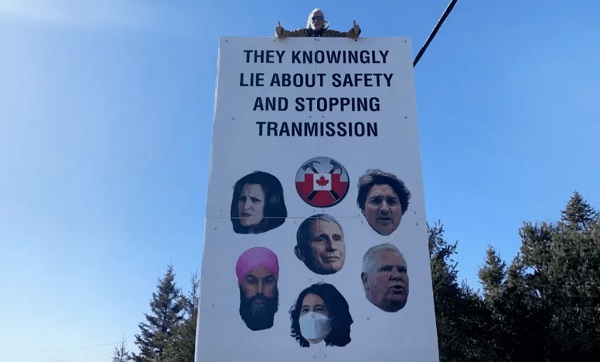
 COVID-198 hours ago
COVID-198 hours agoOntario man launches new challenge against province’s latest attempt to ban free expression on roadside billboards
-

 Energy16 hours ago
Energy16 hours agoThis Canada Day, Celebrate Energy Renewal
-
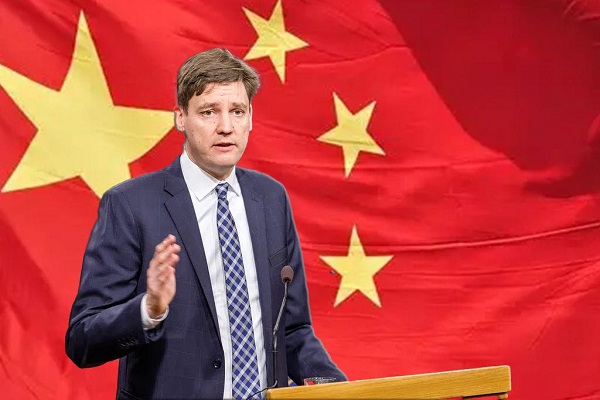
 Business1 day ago
Business1 day agoWhile China Hacks Canada, B.C. Sends Them a Billion-Dollar Ship Building Contract
-
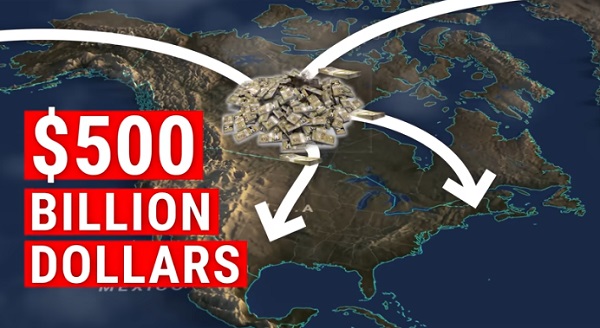
 Alberta1 day ago
Alberta1 day agoSo Alberta, what’s next?
-
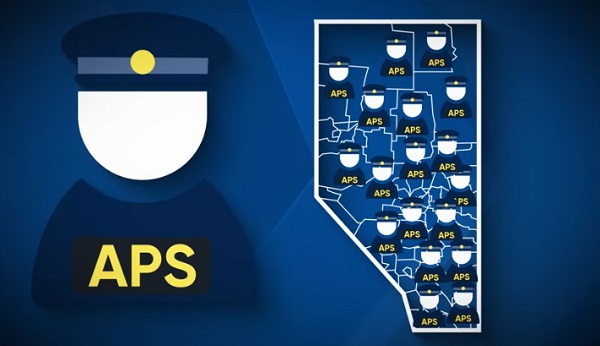
 Alberta7 hours ago
Alberta7 hours agoAlberta Next Takes A Look At Alberta Provincial Police Force
-
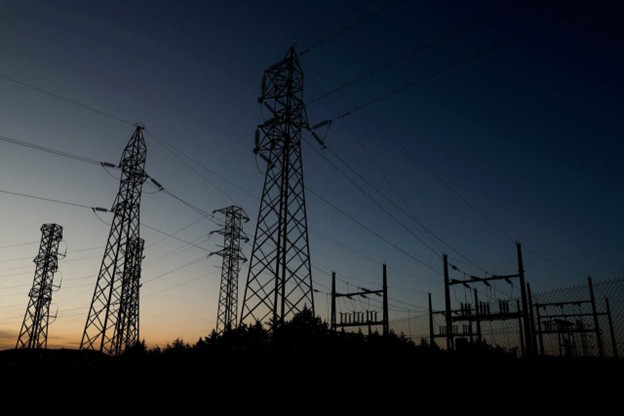
 Bjorn Lomborg1 day ago
Bjorn Lomborg1 day agoThe Physics Behind The Spanish Blackout
-

 Alberta9 hours ago
Alberta9 hours agoCanadian Oil Sands Production Expected to Reach All-time Highs this Year Despite Lower Oil Prices
-
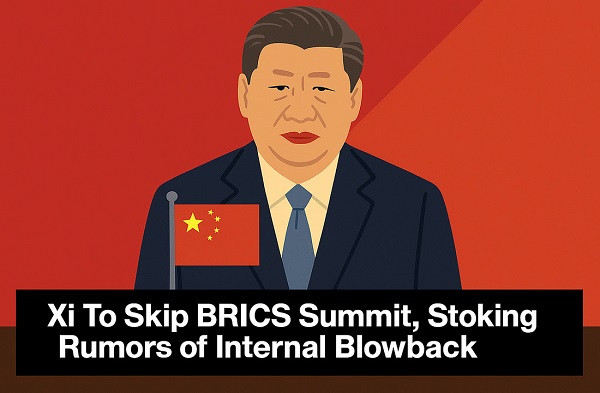
 International10 hours ago
International10 hours agoPresident Xi Skips Key Summit, Adding Fuel to Ebbing Power Theories





